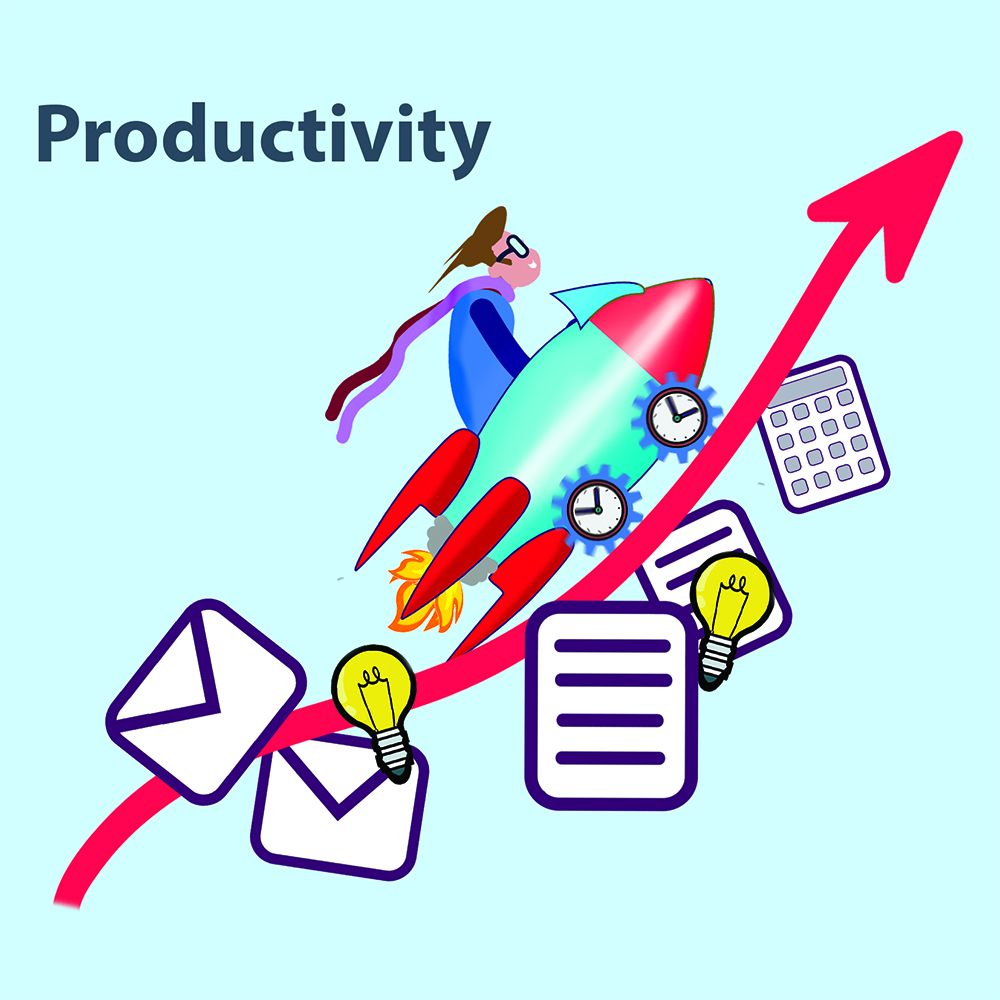Productivity tools for Professional Procrastinators

Productivity Tools
Productivity Tools can be really handy if you are prone to procrastinating.
Most of us face the same challenges each day: too many tasks on our to do list and not enough time to complete them. Perhaps your inner dialogue goes something like this:
“If I just focus on getting it all done, skip lunch and work longer hours I’ll achieve all I need to do.”
Previously, my “Pernickety Procrastinator” often hijacked my well laid planned projects at the last minute and I sometimes got completely stuck in my analysis paralysis rabbit hole.
Nowadays, thankfully, my “Productivity Junkie” comes to the rescue and reminds of a few productivity strategies that had helped to overcome previous procrastinating.
If you’re struggling with a similar dilemma:
Here’s some Productivity tools:
So what does science tell us about productivity?
According to numerous neuroscientific findings, our brains are wired for solving problems connecting dots and new ideas, not for storing information that we can simply externalise.
Several studies also strongly indicate that multitasking is a myth. The brain is simply not built to focus on more than one thing at once, it can’t even focus on two things at once.
Instead, it rapidly switches between them and creates the illusion that you’re doing more than one thing at a time.
The harsh reality is that just because you feel productive doesn’t mean you are.
The Productivity Project:
Most of us want to be more productive, but finding the method that works for you among the hundreds and hundreds of different tips, tricks and hacks can be vey daunting.
After graduating college, Chris Bailey decided to dedicate a whole year to doing just that he turned down lucrative job offers to pursue a lifelong dream—to spend a year performing a deep dive experiment into the pursuit of productivity, a subject he had been enamored with since he was a teenager.
Among the experiments that he tackled: Bailey went several weeks with getting by on little to no sleep; he cut out caffeine and sugar; he lived in total isolation for 10 days; he used his smartphone for just an hour a day for three months; he gained ten pounds of muscle mass; he stretched his work week to 90 hours; a late riser, he got up at 5:30 every morning for three months—all the while monitoring the impact of his experiments on the quality and quantity of his work. The results were often surprising!
The Productivity Project and the lessons Bailey learned are the result of that year long journey:
Lesson one: The rule of three (ie: if you only accomplish 3 things today what would they be). Goals should be simple and ideally in line with your values. This is because the brain trained to think in 3s: beginning, middle and end.
Lesson two: Have a dedicated maintenance day for groceries and household chores etc instead of spreading throughout the week whilst listening to music or a podcast.
Lesson three: Have a brain dump. This includes making a to do list to give your brain more space to solve problems, also record meetings and appointments on calendars instead of memorising you need to buy groceries etc.
Lesson four: Multitasking is a myth. As explained earlier, the brain is simply not built to focus on more than one thing at once. The only exception is when one of the tasks requires very little attention such as doing chores or listening to music or watching Netflix and eating chocolate.
Many studies indicate that people who multitask are more prone to errors and it takes longer to get work done because it costs time and attention to switch between tasks.
Focusing on one task is a difficult habit to develop owing to distractions such as: texts, social media constantly trying to steal your attention so make a conscious effort to push back against a wandering mind and continually bring your attention back to most important activity.
This will eventually strengthen your attention muscle over time and help you take charge of your brain instead of your brain controlling you.
Counterintuitive productivity insights Bailey teaches include:
- slowing down to work more deliberately
- shrinking or eliminating the unimportant
- striving for imperfection
- scheduling less time for important tasks
- the 20 second rule to distract yourself from the inevitable distractions and the concept of productive procrastination
The Havard Business Review (HBR) Guide to “Being more Productive”
The more you know about yourself, the more you can tailor your environment, schedule, tools, and priorities to fit your natural inclinations and strengths. You’ll not only be more efficient and productive, you’ll also enjoy your work more when you customize how you work to fit who you are.
According to Carson Tate, an expert, on workplace productivity, there is no one size fit all so the four personal productivity styles she has identified are:
- Prioritizers
- Planners
- Arrangers
- Visualisers
Prioritizer:
Priotitizers prefer logical, analytical, fact-based, critical and realistic thinking. They use time effectively and focus on the highest value tasks, accurately completing significant amounts of work. They analyze project goals and strive the desired outcomes.
Productivity tools that appeal to Prioritizers include:
- The ipad (which they can customize to streamline their workflow)
- Productivity apps that allow them to log into their devices anywhere and complete work remotely like Evernote, Noteshelf, To Do, LogMeIn Ignition
- Scanbizcards, which lets them scan business cards on the run
- Classic low-tech tools like legal pads and label makers
Planner:
Planners prefer organized, sequential, and detailed thinking. They create to-do lists, set aside time for tasks, and prepare thorough and accurate project plans. They don’t waste time on anything unproductive or unimportant. They comply with laws, policies, regulations, and quality and safety criteria, and they frequently complete work ahead of deadline.
Productivity tools that appeal to Planners include:
- Project management apps like Tom’s Planner and digital lists like OmniFocus, which let them track work by project, place, person, or date
- Agendas, an iPad app for creating and sharing interactive agendas
- Label makers, file folders, filing cabinets, drawer organizers, and pen holders
Arranger:
Arrangers prefer supportive, expressive, and emotional thinking. They encourage teamwork to maximize output, and they make decisions intuitively as events unfold. They block off time to complete work but excel at partnering with others to get it done. They communicate effectively, which helps them build and lead project teams. They tend to maintain visual lists, often using color.
Productivity tools that appeal to Arrangers include:
- Dictation apps like Dragon NaturallySpeaking and Dragon Dictation or the web-based program Copytalk
- Collaboration tools like GoToMeeting, WebEx, SharePlus Office Mobile Client, and Join.me
- Aesthetically pleasing office supplies—for example, notebooks with unlined pages and pens in a variety of ink colors
Visualiser:
Visualisers prefer holistic, intuitive, integrative thinking. They manage and juggle multiple tasks while still seeing the big picture. They’re known for creativity and innovation and for synthesizing others’ disparate ideas into a cohesive whole.
They think strategically about projects and work quickly to execute tasks. They tend to maintain visual lists, often using colour.
Productivity tools that appeal to Visualisers include:
- Digital whiteboard apps
- SketchBook Pro, which lets them capture ideas with digital sketching and painting tools
- iThoughts HD, a digital mind-mapping tool
- Concur, an app used to photograph and save receipts and create expense reports
- Noteshelf, a digital notebook tool
- Multicolored Post-it notes, folders, notebooks, and pens; large whiteboards; baskets, bags, and clipboards
How to apply your Productivity Style:
Once you know what your preferences are, you can identify what your colleagues’ are, often by listening to their speech patterns, Tate says. Then, you can tailor your responses to them based on their style.
If your manager is a Prioritizer, Tate suggests answering their “What” questions up front. Lead the conversation with an answer to “What’s the data? What is the outcome?” and other “What” questions they may have.
If you’re working with a Planner, the question becomes “How?” Tate says. “How has this been done in the past? How are we going to do it?” These questions are focused on the process of how the project will be completed.
An Arranger is concerned with the “Who?” questions. “Who are the key stakeholders? Who will be impacted by the project?” Answer these questions for the Arranger and they’ll be more receptive to your comments.
With Visualisers, the “Why” matters most, Tate says. “Why are we doing it this way instead of that way? Why does it matter?” Always provide the big picture and connect back to strategy, she suggests.
By answering the essential question for your manager or colleagues based on their style, you can reduce some of the friction teams face working together, Tate says. It won’t eliminate all clashes that may arise throughout a project, but it can help you communicate with and better understand where your colleagues are coming from.
You can take a test to discover your productivity style here:
https://www.workingsimply.com/productivity-purchase/
HBR more Productivity tools:
The HBR Guide also provides other excellent tips and tools to help you become more productive and motivated including how to:
- Motivate yourself to work when you really don’t want to
- Make time for work that matters
- Identify whether you are too stressed to be productive
- Gazing at nature makes you more productive
- Take on less, but get more done
- Preserve time for your most important work
- Improve your focus
- Make the most of small pockets of time between meetings
- Set boundaries with colleagues—without alienating them
- Take time off without tearing your hair out
- Work from home more effectively
- Train your brain to focus
- Find meaning at work
- Beat procrastination
- Steps to take when you’re starting to feel burned out
Build your attention muscle to minimize distractions
Refs:
https://carsontate.com/how-to-increase-productivity-work-from-home-virtual/
